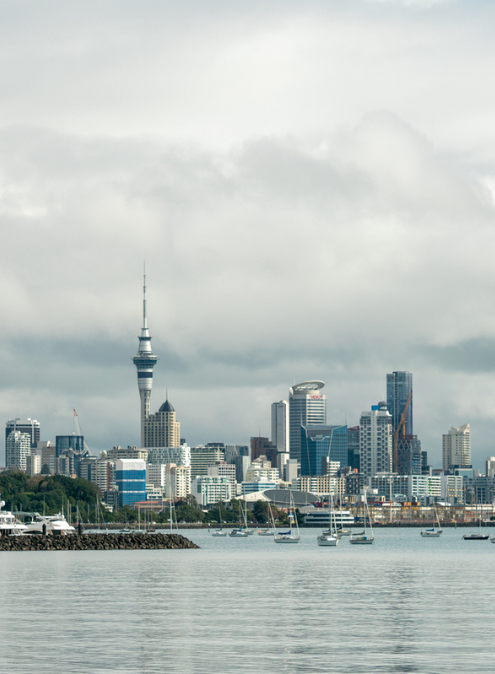The New Zealand 2024 Budget reflects a concerted effort by the Coalition Government to address key economic and social challenges.
The Budget’s focus on tax relief is a strategic move to stimulate the economy by increasing disposable income for New Zealanders. This approach is intended to counteract high inflation and boost consumer spending, which can drive economic growth. The Finance Minister said the tax cuts were fully funded through savings and revenue initiatives and would not add to inflation pressure. However, the success of this strategy will depend on its implementation and the overall economic environment.
The Budget underscores the Government’s commitment to prudent financial management. By criticising the previous government’s economic policies and focusing on reducing wasteful expenditure, the current administration aims to restore fiscal stability. This approach, if successful, could enhance public trust and ensure sustainable financial health for the country.
While specific details on infrastructure investments are limited, the Government’s intention to invest in key public services is promising. Effective allocation in this area can improve community wellbeing and support economic productivity. The impact of these investments will need to be evaluated over time as more details emerge.
While the Government’s efforts to balance the cost-of-living crisis are commendable, more could have been done to alleviate the pressures faced by small and medium enterprises (SMEs) – the backbone of New Zealand’s economy. Furthermore, the Budget did not elaborate on significant new investments in the technology and innovation sectors. In an increasingly digital world, enhancing technological infrastructure and supporting innovation is crucial for economic growth and competitiveness. Funding for research and development, tech start-ups and digital infrastructure upgrades would be beneficial.
There is no doubt that the country’s SMEs are up against an unprecedented number of challenges as they grapple with the repercussions of a global recession and the lingering effects of the COVID-19 pandemic. These include a lack of access to finance, economic uncertainty, skills shortages and an increasing regulatory burden.
Managing the cost of living crisis for individuals is critical, but so too is fostering a thriving business environment.
Small and medium-sized businesses account for 97% of all businesses in New Zealand, employing over 679,000 individuals and contributing more than a quarter to our gross domestic product, according to the New Zealand Ministry of Foreign Affairs and Trade.
As these businesses struggle to cope with the current recession, there was an expectation for the Government to allocate resources to SMEs and introduce policies that directly address the barriers to growth and sustainability for these businesses.
A reintroduction of initiatives like low-interest loans and grants similar to the Business Finance Grant Scheme, which was concluded on 30 June 2021, could prove to be a lifeline for businesses in these challenging times. Additionally, bolstering venture capital initiatives, expanding apprenticeship and internship opportunities and simplifying regulatory processes could all help nurture business growth. The introduction of these policies would be an investment in the future of our businesses, creating a conducive environment for SMEs to thrive while also helping New Zealand’s economy take a positive step forward.





